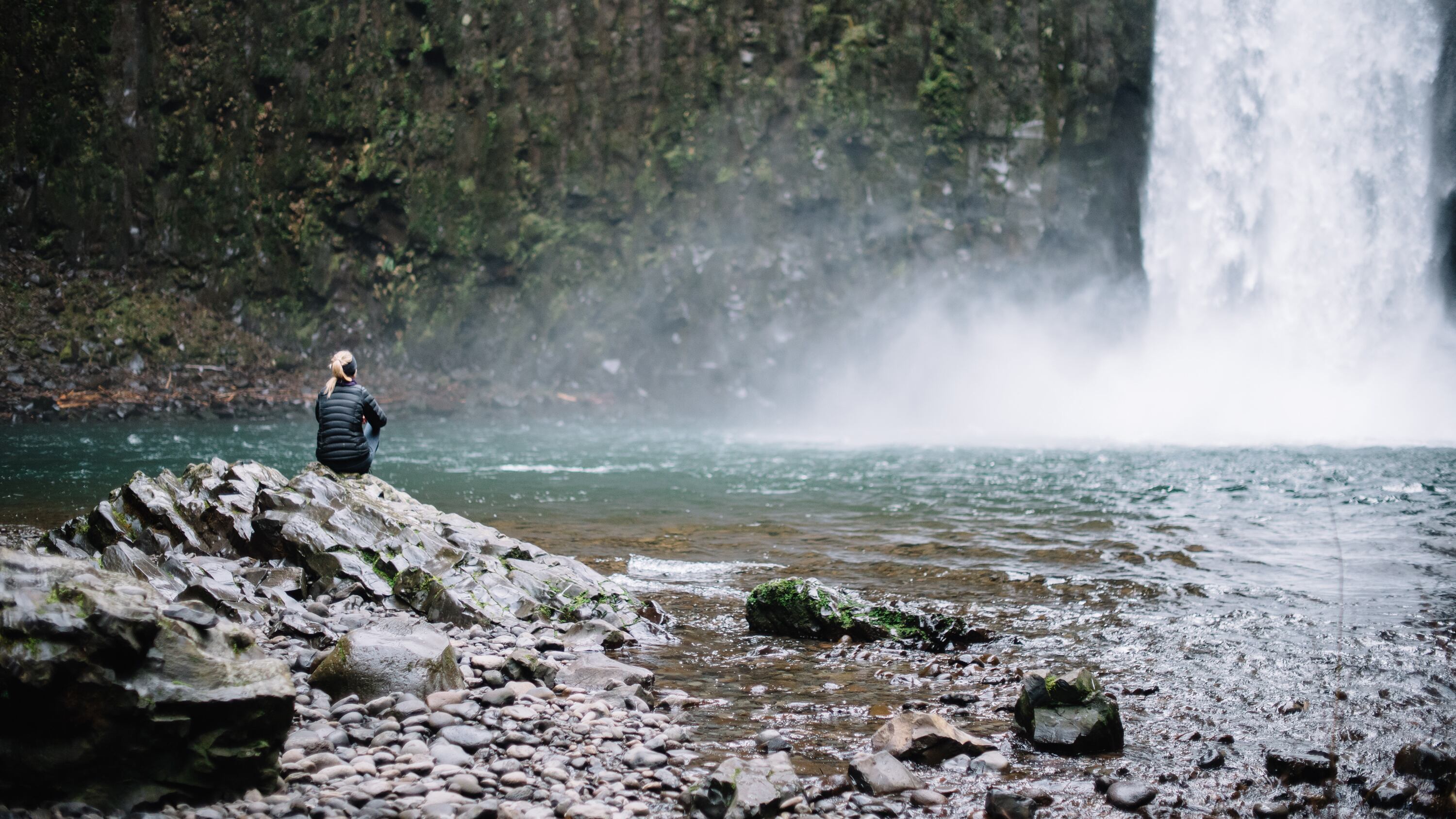It's been an abnormally dry winter in Oregon, and snowpack levels are well below normal.
According to the January water supply report from the Natural Resources Conservation Service, a warm, dry first three months of the 2019-20 water year (October-January) have left the state in drought-range conditions.
"November, usually one the wettest months of the year, was exceptionally dry," the report read, "setting many records for low precipitation at [U.S. Department of Agriculture] NRCS snowpack telemetry monitoring stations."
In the Willamette Basin, as of January 1, snowpack is currently 25 percent of normal—significantly lower than last year at this time, when snowpack was at 61 percent of normal.
As well, precipitation in the region since the start of the water year has been 46 percent of average, and six monitoring sites have recorded the lowest January 1 water year precipitation on record.
NRCS wrote of the low snowpack levels, "the next three months will be critical in determining water supplies for the summer."
Related: Will It Snow in Portland Next Week? Forecasters Say Maybe.

